For decades, pop-up headlights were the ultimate cool factor in the car world. They gave cars a sleek daytime look and a mysterious, almost menacing nighttime persona. Think of a Corvette cruising down Main Street, a Mazda RX-7 carving corners, or a Ferrari 308 starring in Miami Vice—those hidden lamps added instant drama. But one day, they simply disappeared from new cars. Why did automakers stop making them? The answer lies in a mix of safety laws, aerodynamics, maintenance headaches, and the evolution of lighting technology.
Safety Standards Changed the Game

The biggest blow to pop-up headlights came from updated pedestrian safety regulations in the 1980s and 1990s. New crash standards required smoother, more forgiving front ends to reduce injuries in collisions. Pop-ups, with their sharp edges and rigid housings, were effectively little guillotines for anyone unlucky enough to be struck. Regulators in North America and Europe made it clear: future cars needed to protect pedestrians as much as passengers. For automakers, redesigning these mechanisms to pass new safety standards was too costly. It was easier to ditch them entirely.
Aerodynamics Turned Against Them
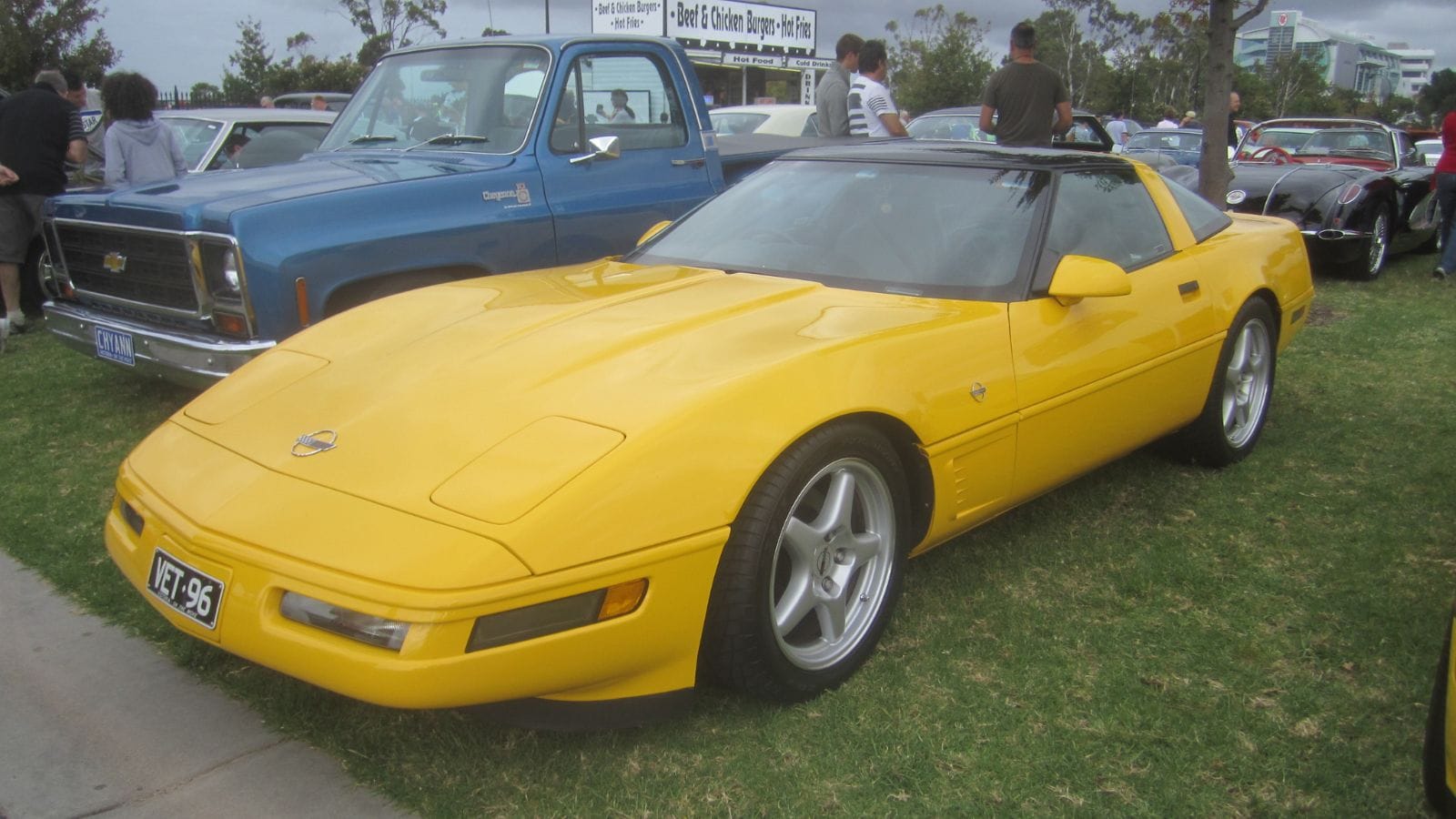
Pop-ups looked perfectly flush when tucked away, but once activated they were like parachutes strapped to the front of the car. At higher speeds, the raised units disrupted airflow and added drag, hurting both performance and fuel economy. By the 1990s, manufacturers were obsessed with aerodynamics, and wind tunnels were dictating car design. A Corvette C4 with its lights up might have looked like a fighter jet, but in reality it was plowing air. Cars like the Toyota Supra MkIV or Acura NSX proved you could achieve sleek, aerodynamic styling without pop-ups.
Reliability and Maintenance Issues
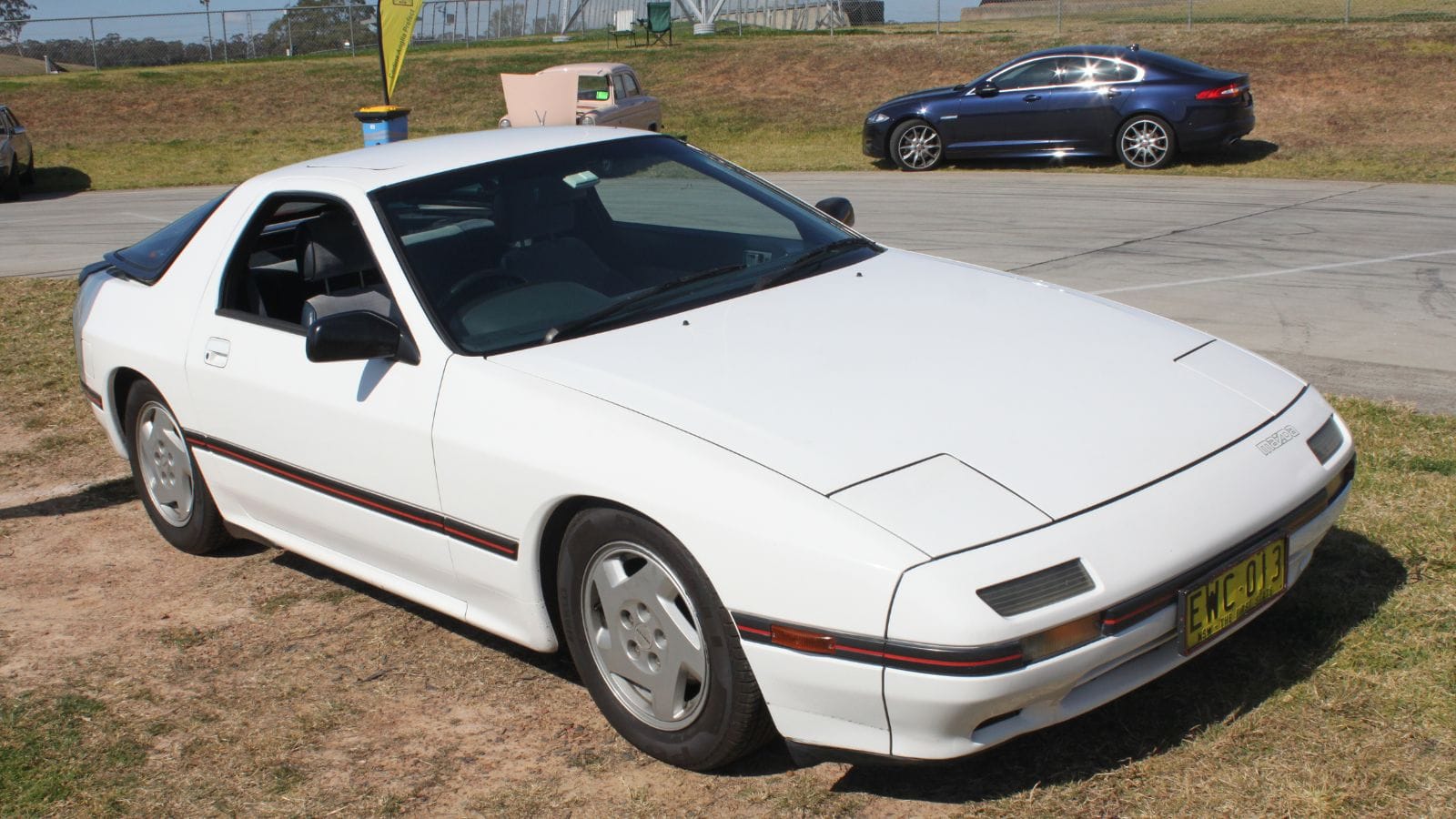
Ask any owner of a 1980s or 90s sports car with pop-ups, and you’ll hear at least one story about headlights that refused to rise. Sometimes one would stick halfway, leaving the car with a perpetual wink. The motors, gears, and wiring were prone to wear and tear, especially as cars aged. Beyond being frustrating, fixing these systems wasn’t cheap. Many enthusiasts loved the charm, but mechanics dreaded the repair bills. Over time, buyers started to see pop-ups as a liability rather than a feature worth bragging about.
Design Trends Shifted
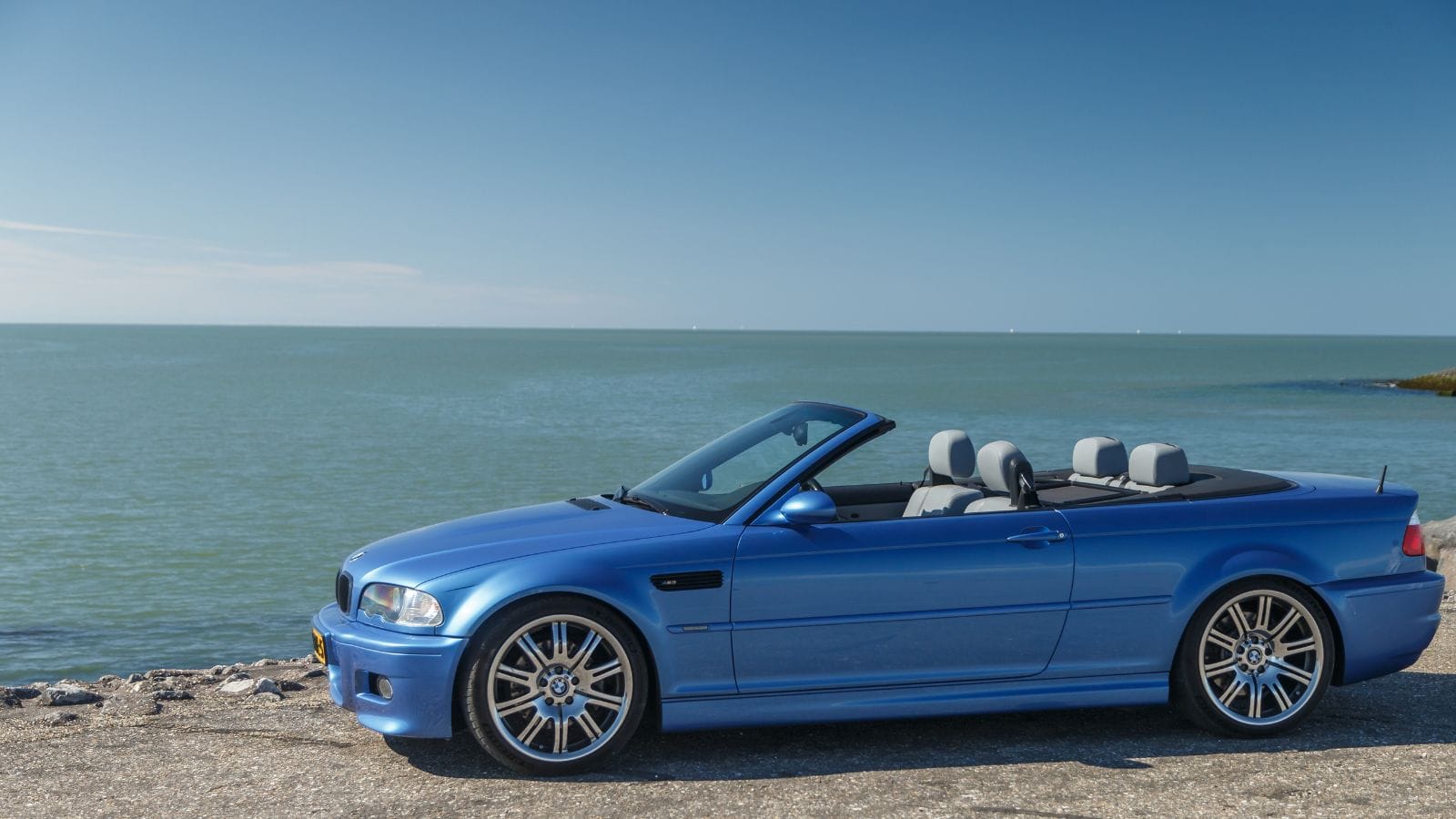
By the early 2000s, the clean, sculpted look of integrated headlights had taken over. Designers wanted sharp LED strips, aggressive projector housings, and seamless body lines that stretched across the front fascia. Pop-ups broke up those lines and started to feel like yesterday’s gimmick. Automakers like Lexus and BMW pushed forward with designs that made headlights the focal point rather than something to hide. As fashion moved on, pop-ups began to look more like relics of the past than the future.
Lighting Technology Evolved
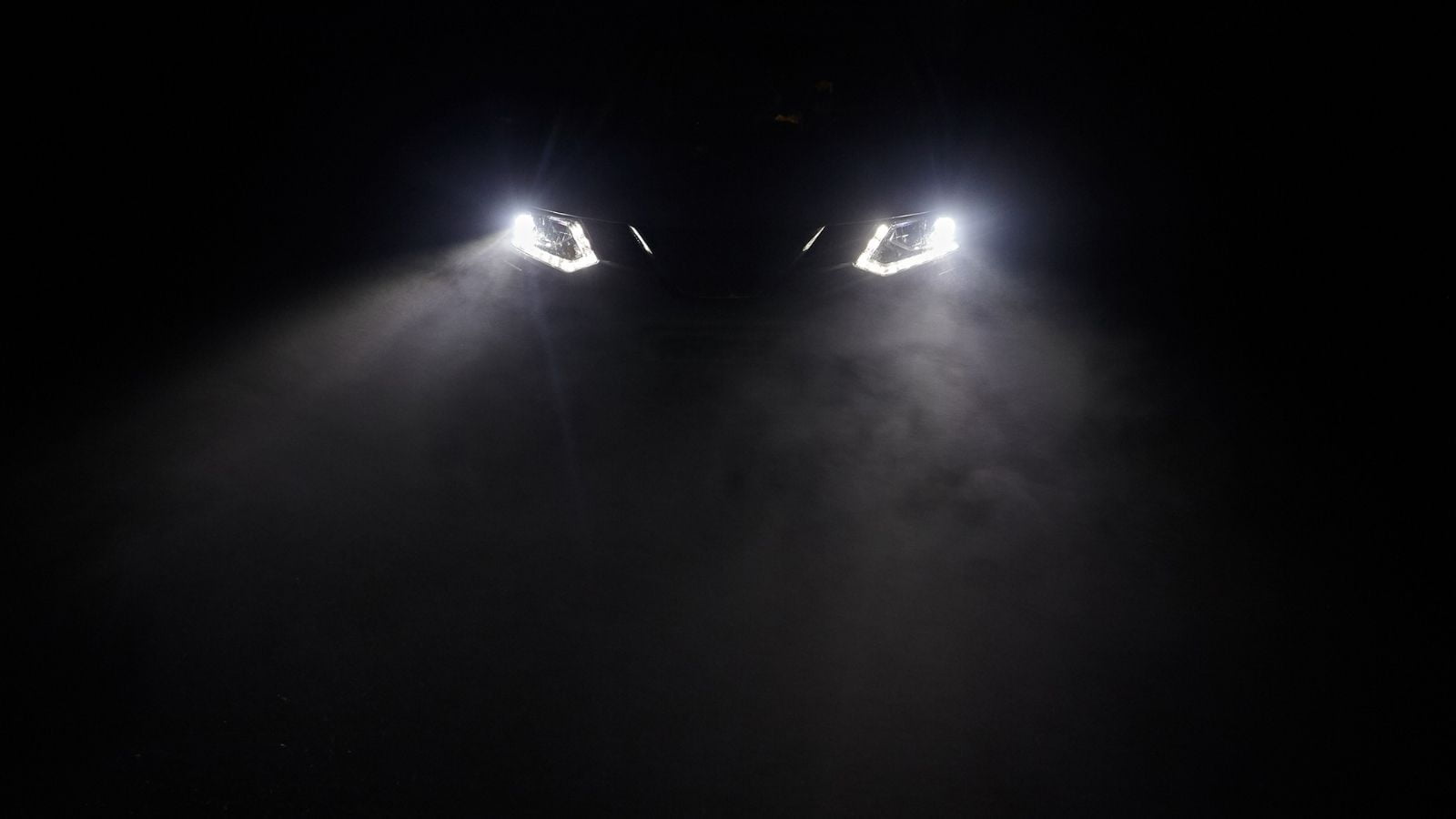
One of the original reasons pop-ups existed was to hide sealed-beam headlights, which were legally required in the US until 1983. Designers hated those clunky circles, so hiding them became the stylish solution. But once regulations loosened and composite headlights became legal, automakers suddenly had freedom to mold lamps into any shape. Add the rise of HID and LED lighting, and pop-ups became unnecessary. Modern lighting systems are smaller, brighter, more efficient, and add drama without the mechanical hassle of flipping panels.
The Last of the Pop-Ups
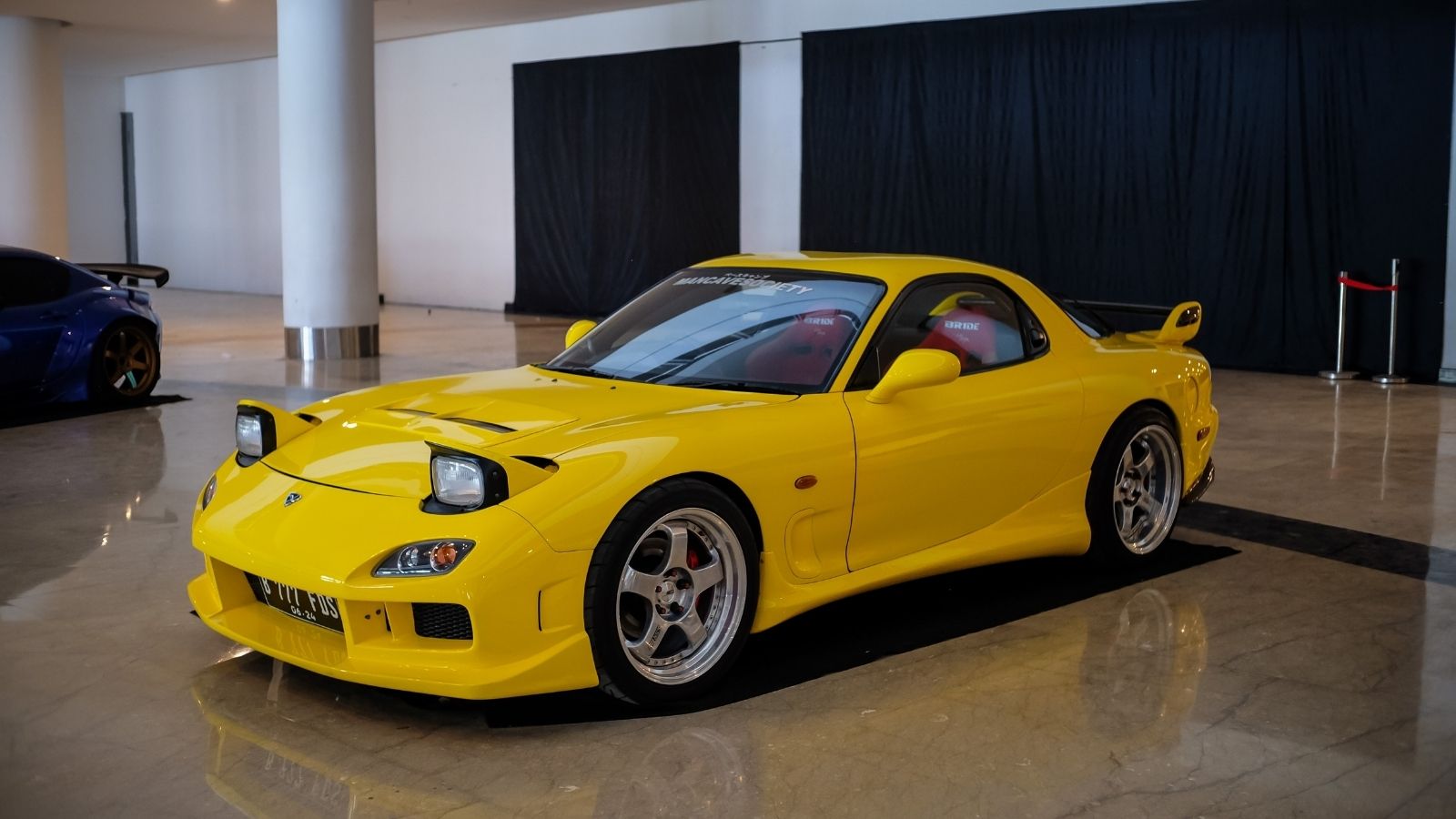
By the mid-2000s, pop-ups had nearly vanished. The Mazda RX-7 (last built in 2002) and Toyota MR2 (which lost its pop-ups after 1999) were among the last Japanese icons to carry the tradition. In Europe, the Lotus Esprit soldiered on with pop-ups until 2004. The Corvette C5 retired them in 2004 as well, closing the chapter for American cars. After that, no new mainstream production model would feature flip-up lights again. Their disappearance wasn’t gradual—it was a cliff.
Enthusiasts Still Love Them

Even though automakers abandoned pop-ups, enthusiasts haven’t. Cars like the NA Mazda Miata, C4 Corvette, and Ferrari 355 remain icons largely because of their charming lights. Owners often joke that half the appeal is pressing the switch just to see the “eyelids” rise and fall. Pop-ups gave cars a personality that modern LEDs simply can’t replicate. While impractical, they captured the imagination of an entire generation of car lovers, which is why they’re still celebrated at shows and online communities.
Why They’re Gone for Good
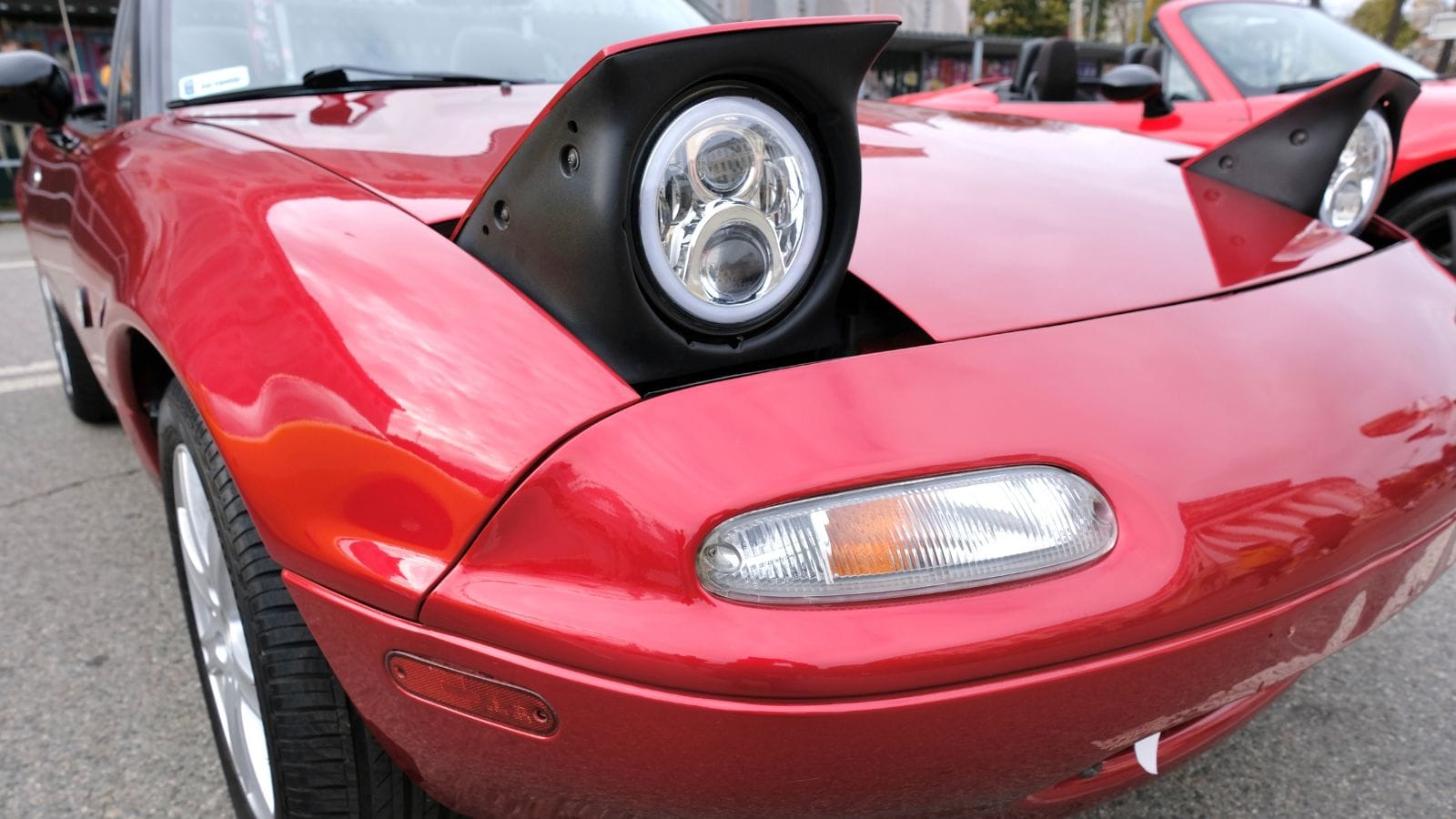
As much as fans dream about a comeback, the truth is pop-up headlights are never returning. Safety regulations won’t allow them, aerodynamics penalize them, and the mechanical complexity doesn’t fit into today’s world of cost-cutting and efficiency. They’ll live on as a nostalgic design feature from a time when cars were a little more playful and less serious. If you want them today, your only option is to buy a classic—and treat the motors to a little extra love.
25 Facts About Car Loans That Most Drivers Don’t Realize

Car loans are one of the most common ways people fund car purchases. Like any other kind of loan, car loans can have certain features that can be regarded as an advantage or a disadvantage to the borrower. Understanding all essential facts about car loans and how they work to ensure that you get the best deal for your financial situation is essential. Here are 25 shocking facts about car loans that most drivers don’t realize:
25 Facts About Car Loans That Most Drivers Don’t Realize
